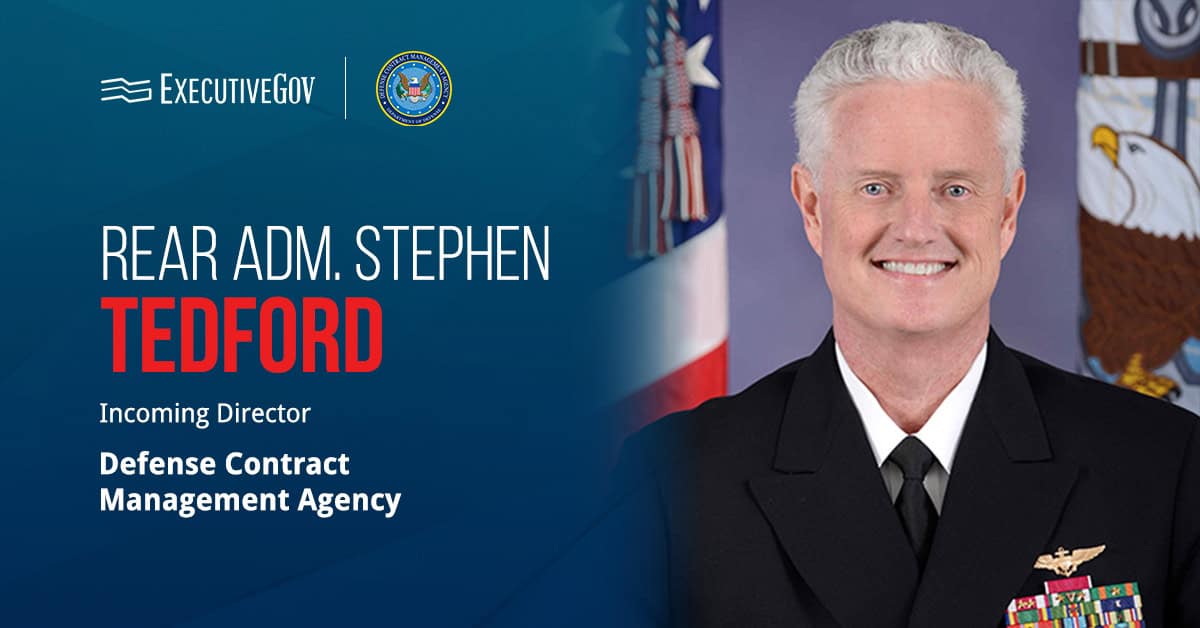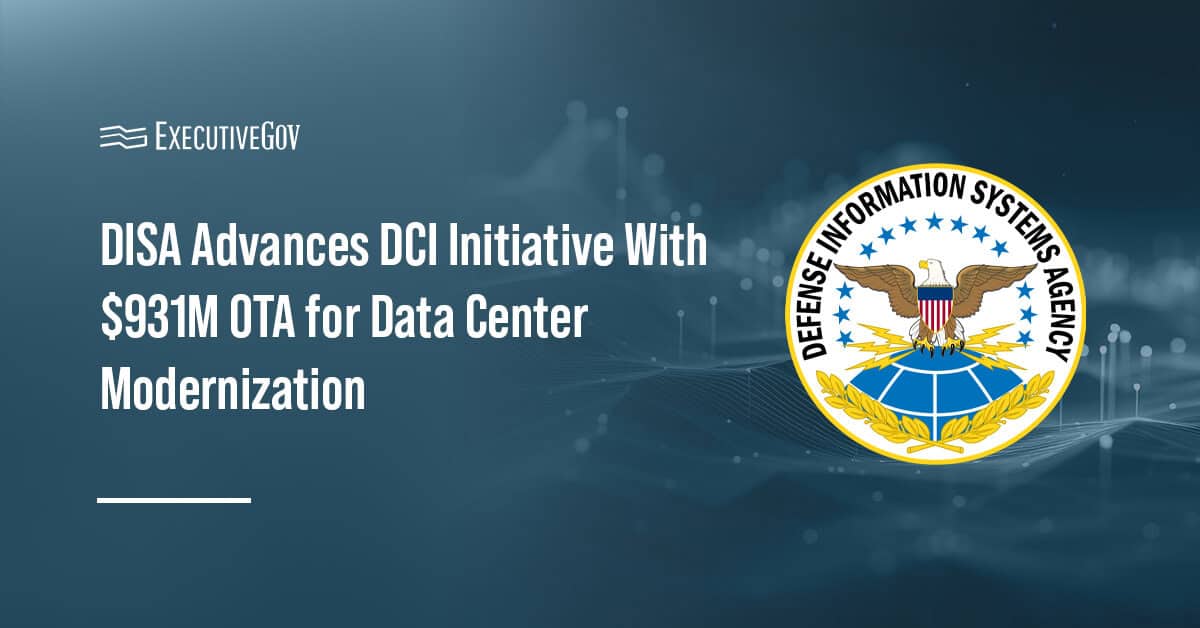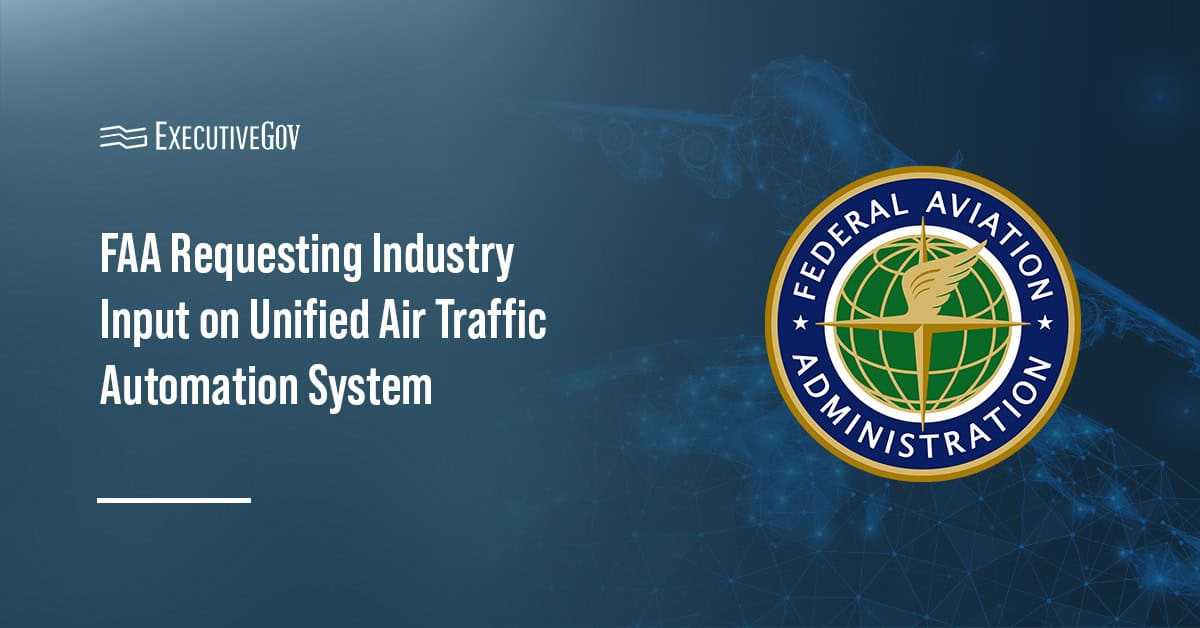
The U.S. Marine Corps has recorded 1 million flight hours for its CH-53E Super Stallion fleet since the heavy-lift helicopter platform, manufactured by Lockheed Martin‘s Sikorsky subsidiary, entered service in 1981. Marines have used the aircraft to transport personnel, vehicles and equipment during amphibious assault and long-range insertion missions. Naval Air Systems Command said Wednesday.
USMC maintains 142 units of the CH-53E, which undergoes a “RESET” phase to receive updates and extend service life for another 13 years. Matthew Baumann, co-lead of H-53 In-Service in the NAVAIR’s Heavy Lift Helicopter program office, said 25 helicopters have cleared the rolling period, enabling commanders to organize training, maintenance and operational efforts.
Sikorsky landed a $1.13 billion contract modification in May to produce 12 CH-53K King Stallion helicopters.





